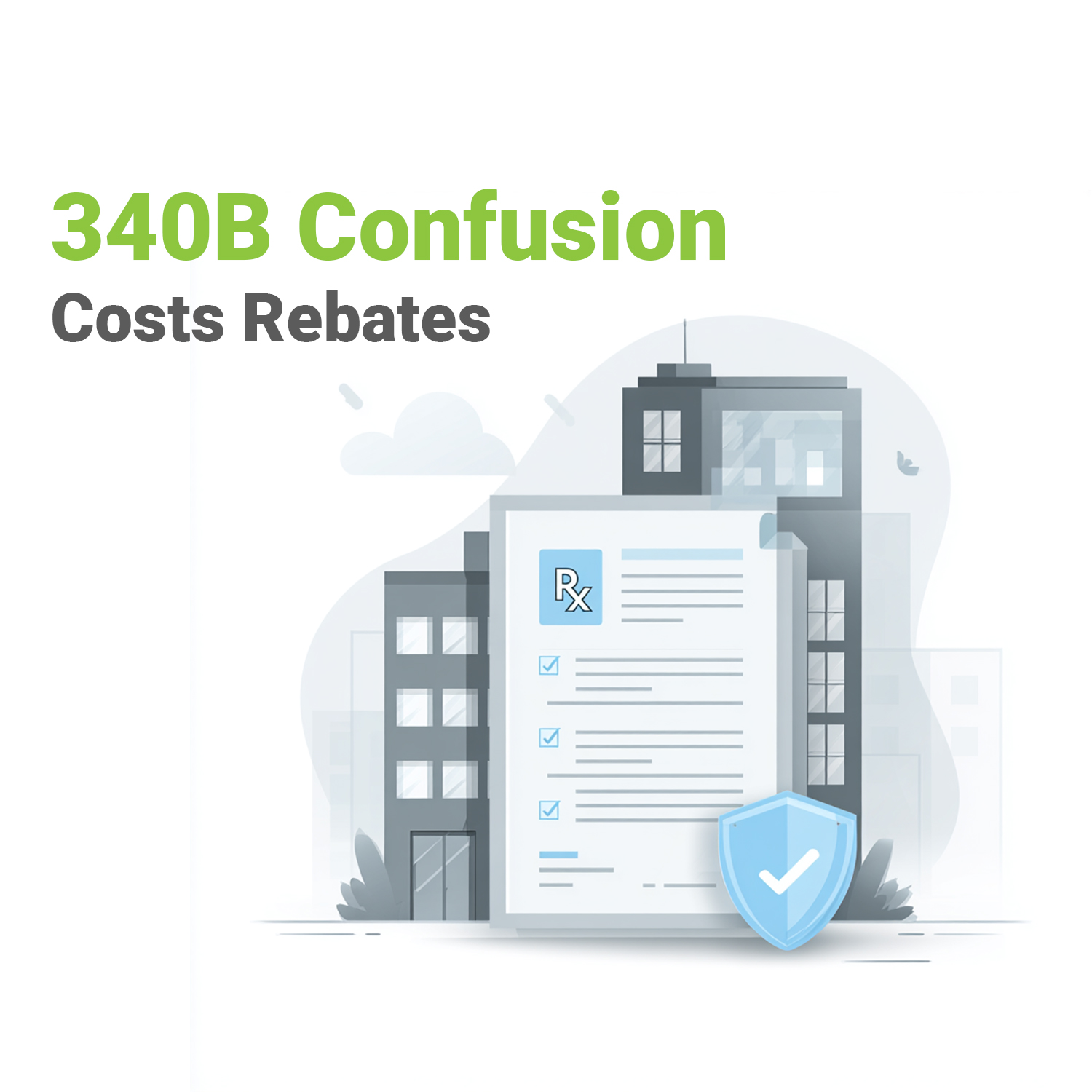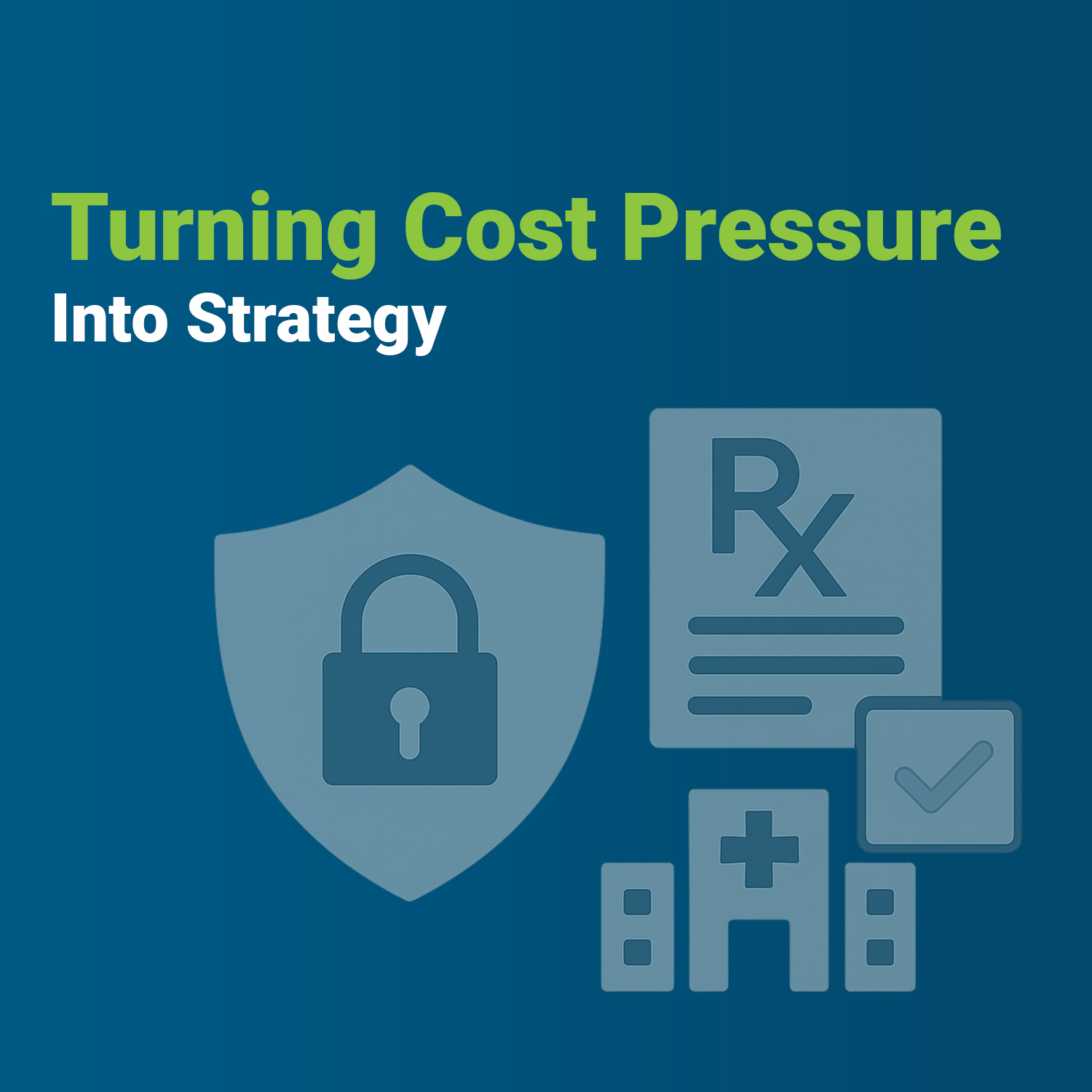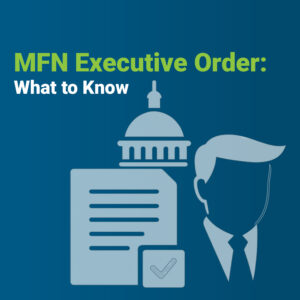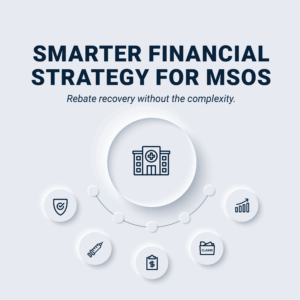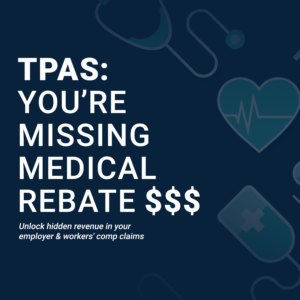Striking a delicate balance
Pharmacy benefit management, or PBM for short, exists to work as an advocate for lower health care costs and better access to the medicines that most people need. The primary beneficiaries of the work of PBMs are company sponsors of health benefit plans and their employees and families.
Over the past 20 years, the share of the health care dollar spent on pharmaceuticals has nearly doubled. New medications and broader insurance coverage have increased drug expenditures and the need for pharmacy benefits management. PBMs have a difficult mission: to increase prescription drug access while reducing cost growth.
“The ideal PBM is adept at striking a very delicate balance between cost savings and member service,”” says Lisa Quarterman, CEO of VativoRx, a leading independent PBM. “We know that both our primary customer — the benefit sponsor — and their employees want the lowest possible cost but don’t want to reduce access to the medicines that their healthcare providers have prescribed for them. That’s where the PBM’s experience and industry knowledge come into play to assure that balance is always maintained.”
In recent decades, PBMs have risen in prominence as the cost of healthcare in general and prescription drugs in particular has risen. Old style health plans that cover every possible issue at a fixed cost are increasingly a relic of the past. Understandably, this has led to concern among health plan subscribers that their prescription drug costs feel like they’re out of control.
PBMs stand with health insurance plans to negotiate the best possible costs from pharmaceutical companies and to maximize the efficiency of the distribution system. For example, many people today get their prescriptions in 90-day supplies, delivered by mail, a system that was less common as recently as the beginning of the 2000s.
Why is this? It’s simply more cost-efficient to deliver a longer supply directly to a customer than to make them take three separate trips to the pharmacy. This is just one example of how a PBM’s focus on cost-savings benefits health consumers and their health care sponsors.
PBMs for small and medium business
Small to medium size businesses are employing PBMs more than ever before. Again, the reasons are cost and access to needed prescription drugs, as well as the experience PBMs have with the process of managing a pharmacy benefit program.
Small and medium businesses (SMBs) are especially attuned to the need to reduce health care costs as much as possible. According to research reported by Workest by Zenefits, health care costs for smaller employers are growing faster and they pay up to 18% more for the same coverage In that environment, every dollar that can be saved goes toward keeping these employers — who account for 64% of new jobs created in the United States — viable.
Companies like VativoRx that focus their efforts on small and medium sized businesses, as well as specialty pharmacies, help to assure that some of that money gets back into the hands of employees, through rebate management, cost control and formularies.
What specific benefits do PBMs bring to SMBs?
According to The Balance Small Business, PBMs shoulder a great deal of responsibility in making sure that drugs are available and affordable. Specific outcomes include:
- Negotiating rebates to get the most affordable options
- Operating mail order, so medications are delivered directly to the patients’ doors
- Ensuring patient compliance in taking medication as prescribed
- Processing claims from patients and pharmacies
- Managing formularies, so individuals know what medications are covered through their health plans
- Managing distribution among a network of pharmacies
Why are formularies used by PBMs?
Most patients first encounter a drug formulary as a list of drugs that are or are not covered by their particular pharmacy insurance plan.
As William N. Jones, MS, RPh writes in “Formularies, costs and quality of care,” published by the Neurology Clinical Practice journal, “Drug formularies have existed since the 1940s. The formulary in any health system is not a static list of drugs; it is not a ‘light switch’ or a ‘yes’ and ‘no’ system.”
The formulary is part of a system for quality drug therapy within a wider insurance system. Drugs are added and removed when appropriate and needed by healthcare providers and patients and after passing formulary review.
These lists, or formularies, allow the most important drugs to be made available at the lowest cost possible, while shifting a bit more of the cost on the edge cases of newer drugs that don’t yet have generic equivalents. In a system where the cost must be borne somewhere, making sure that the drugs the vast majority of patients need are available is what the formulary accomplishes.
For more on formularies, see our deep-dive into Formulary Management.
The work of PBMs continues
Soon after the 2020 election, The Pharmaceutical Care Management Association announced that it stood ready to assist the incoming administration in its goal of making prescription drugs more affordable for all Americans. PCMA President and CEO JC Scott said, “We appreciate the stated focus of the Administration on lowering health care and prescription drug costs for patients, and we are prepared to work with the Administration and the new Congress to achieve this goal. The sole focus for PBMs is to increase access to affordable drugs while increasing the quality of pharmacy care patients receive.”
Whether in Washington or in cities and towns across the United States, pharmacy benefit managers continue the work of making prescription drugs accessible and as affordable as possible.
As reported in Pharmacy Times, a 2015 report from Applied Policy states: “over the past decade, the role of PBMs in the delivery of health care has increased, due to a confluence of factors: coverage expansions under both the Medicare Part D prescription drug benefit and the Affordable Care Act, combined with an increase in prescription drug spending that has motivated commercial health plans and self-insured employers to outsource the management of their spending on outpatient prescription drugs.”

